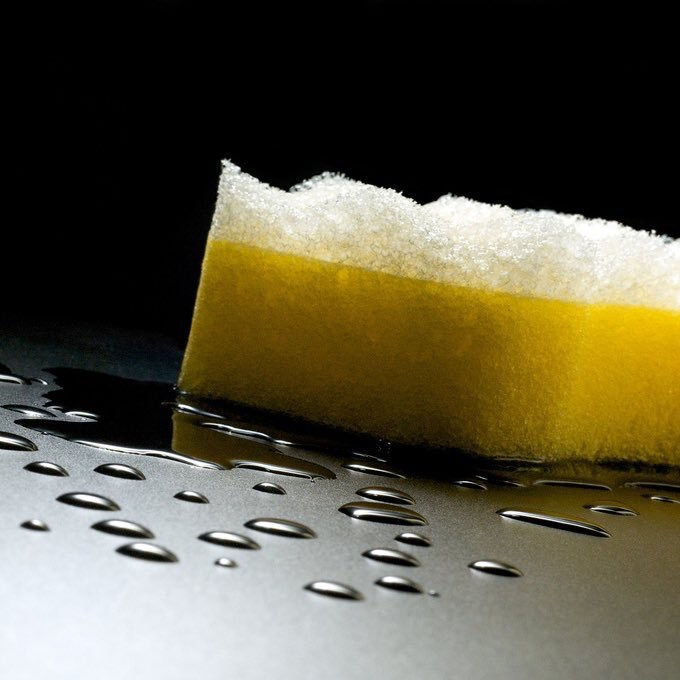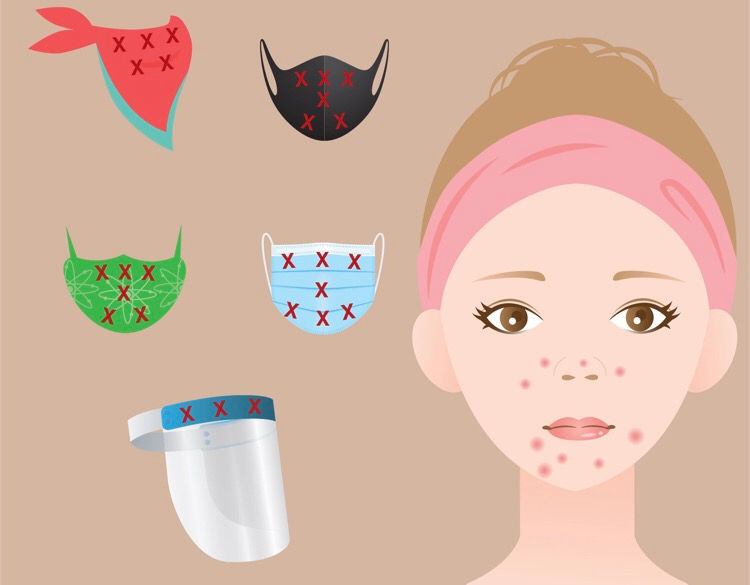Say hello to Hyaluronic Acid!
- Esther Prentice
- Jan 21, 2021
- 5 min read
Updated: Jan 24, 2021

When I first started out on my Beauty & Holistic career back in 1996, there were nowhere near as many skincare brands available as what there is today. As a young college graduate, product selling in my new salon work environment was a daunting task and I remember being guided by previous college tutors, to not go too deep into each and every ingredient that was on the label, so as to not daze our clients with ‘complicated lingo’.
Roll on 20 years later and the Beauty and skincare industry has expanded phenomenally, with hundreds of brands now available, offering solutions to numerous skincare problems and conditions. The science behind the brands has also come on leaps and bounds and this is now filtered through into everyday life. Consumers are more educated and eco-conscious of what they eat, use on their bodies, what’s environmentally friendly and if it has been sustainably developed.
But the most interesting thing I’ve noticed is that now clients want to know the ‘complicated lingo’, they want to know how their skin works and what it looks like under a detailed scanner and what do certain skincare ingredients actually do to make a difference to their skin issues.
This is fantastic news for a science-loving therapist like myself and, after catching numerous day-time television adverts (thanks to another lockdown & my daily 4 o’clock addiction to Tipping Point), I noticed quite a few of the big high street brands mentioning “Hyaluronic Acid” in their active ingredients for their latest promotion.
So for all those curious clients that really want to know what all this hype is about Hyaluronic Acid in their skincare lotions and potions... read on!

So what exactly is Hyaluronic Acid?
Hyaluronic Acid (HA) or Hyaluronan, is actually a molecule that is naturally found in the skin as well as the connective tissue in the body. It helps to cushion and lubricate our joints, nerves, hair, skin, and eyes. It’s a GAG (Glycosaminoglycan), which also helps to support the production and maintenance of collagen and elastin (the proteins in our skin that give our skin its bounce). HA is a moisture binder, which basically means that it attaches itself to the water in the cells making them 'plump’. As HA can hold almost 1000 times its own weight in water, it works as an extremely powerful natural moisturiser for our skin!
If we already make Hyaluronic Acid naturally, why do we need it in our skincare?
Unfortunately the rate at which our GAG’s produce HA in our earlier years, starts to diminish as we reach the age of thirty, with natural levels falling by 45% by the time we reach fifty. This may explain why our skin can feel dryer or more dehydrated as we get older. Other factors that can of course speed up this decline are lifestyle choices such as smoking, UV radiation exposure and living in heavily polluted environments.
Because HA helps retain water to keep our skin cells hydrated and can increase the hydration of almost anything its placed on or in (just like a sponge on a puddle of water), then it’s been recognised as a miracle worker, when used in skincare, to help keep our skin plumped, reducing fine lines and giving our skin that ultimate glow factor!

In general, HA is safe for all skin types, but it is especially helpful for those with dry skin. However, those with Rosacea or Eczema conditions may want to test patch HA to make sure it doesn't irritate their skin.
Check your ingredients list – Sodium Hyaluronate = Hyaluronic Acid

So here’s the lowdown: Hyaluronic acid has a counterpart named Sodium Hyaluronate, which is the salt form of HA and is a water-soluble salt that also holds 1000 times its weight in water. Skincare developers tend to use ingredients in salt form because they are more stable and less likely to oxidise (i.e. chemically change when exposed to oxygen)
Both Hyaluronic Acid and Sodium Hyaluronate are used in beauty products, and marketers refer to both as “Hyaluronic Acid”.
There are some key differences, but the main one is that Sodium Hyaluronate has a much smaller molecular size, which allows it to penetrate the skin better – perfect for our topical creams and serums!
Watch out for sneaky advertising claims...
So we’ve all seen the adverts for serums and moisturisers that claim they’re made with 75% or even 99% Hyaluronic Acid? Well, quite simply, they’re not. Sodium Hyaluronate (SA) doesn’t come in pure form—it comes in solution form. Which basically means it’s primarily composed of water, with 1-2% of it being SA.
Actually, if the solution has more than 4% SA, it can dry your skin out! For example, if you put too much salt on a sponge, the salt will pull the water out of the sponge and dry it out. In the same way, since SA is a salt rock, too much of it can draw moisture away from the skin. 2% is the highest concentration of HA you can put in a solution without any drying effects.
Generally the industry standard for HA is 1% and sometimes 2% for over-the-counter products. To have a HA concentration higher than that, you usually have to go to a medical dermatologist's office.

What’s the best way to use Hyaluronic Acid?
When used correctly in skincare, this super duper ingredient can combat skin dryness, repair a compromised moisture barrier, improve signs of ageing, rebalance breakout-prone skin, plump and smooth the skin’s texture – what more could you ask for?!
I recommend using it twice a day in your moisturiser, with an extra boost in the form of a serum at night underneath your cream or, for a weekly treat, there are some gorgeous hydrating ‘leave-on’ masks available in the industry - perfect if your dry, dull and dehydrated skin is needing a lift!
AND..If you can apply it when the skin is still damp from cleansing and toning (providing the toner is being used to rebalance the pH of the skin’s surface after cleansing), it will be even more efficient as the moisture on the surface of the skin can be absorbed by the HA present in the product (remember it's like a sponge!).
My personal recommendations are the ‘fruitalicious smelling’ products in the [Comfort Zone]™ Hydramemory® range. The Hydramemory Mask (containing 0.35% Hyaluronic Acid) can be left on overnight and is a total game-changer if you want to wake up to skin that feels amazing with that glow-factor! The Hydramemory® Serum (0.1% HA) gives an increase of 56.3% in skin hydration when used alongside the Hydramemory® Cream (0.35% HA) and a 22.3% decrease in TEWL (Transepidermal water loss) after just 1 hour according to their extensive scientific research.
So here's to the amazing Hyaluronic Acid and all it's benefits! Soak it up my lovelies and let's say cheerio to dry, dull, lifeless skin days!
As always, I hope you've found this article interesting, please feel free to drop me a comment below or share on social media. Your feedback is greatly appreciated!
Esther x











Great writing Esther x